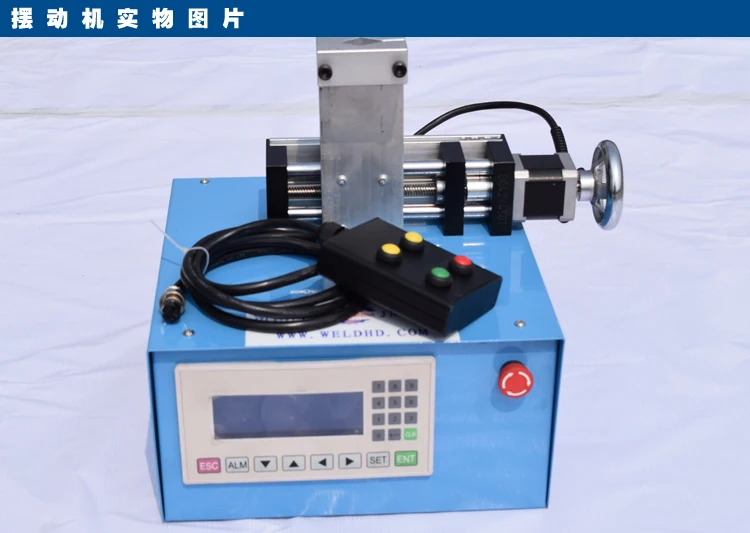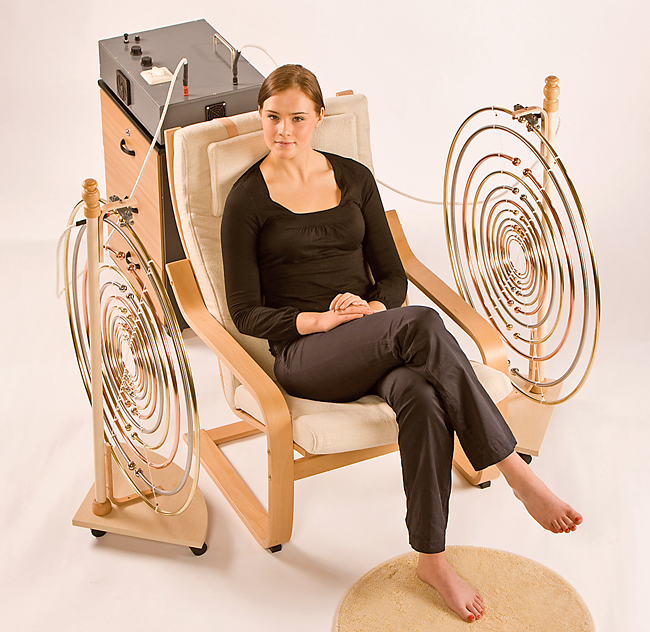

Even algorithmic approaches which emulate nonlinear dynamical systems but are run on conventional computing hardware have been shown to match and even surpass the performance of state-of-the-art algorithms, motivating the desire to build these systems in physical hardware 22, 23. An analysis of one such coupled oscillator system revealed the potential for a significant speedup over digital computing algorithms at large node sizes 21. Recently, alternative classical methods to solve the Ising model have emerged using optoelectronic parametric oscillators 12, 13, 14, memristor cross-bar arrays 11, 15, 16, electronic oscillators 17, 18, and GPU based algorithms 19, 20. The Ising Hamiltonian can also be mapped to the comparable field of Hopfield neural networks, which haves been previously explored to solve CO problems 1, 9, 10, 11. Novel quantum annealing machines 4, 5, 6, 7 and digital CMOS annealing accelerators 8 are garnering significant attention in the hopes of solving such problems faster than conventional algorithms performing heuristic optimizations. The Ising model dates back many decades but was re-popularized by D-Wave Systems in an attempt to exploit quantum mechanical phenomena to speed up computation. One strategy to solve CO problems lies in mapping them to the Ising Hamiltonian for spin glass systems and finding the ground state solution 2, 3. As the decades-long progress of digital CMOS technologies begins to plateau, there is a growing desire to find alternative computing methodologies which can address the challenges of these traditionally difficult problems. Applications of CO problems span many disciplines, including business operations, scheduling, traffic routing, finance, big data, drug discovery, machine learning, and many other systems requiring the minimization of a complex energy landscape with multivariate inputs 1. A canonical example is the traveling salesman problem, for which exact algorithms scale very poorly with problem size. Solving certain classes of combinatorial optimization (CO) problems has proven to be notoriously difficult using standard von Neumann computing architectures. The proof-of-concept system presented here provides the foundation for realizing such larger scale systems using existing hardware technologies and could pave the way towards an entirely novel computing paradigm.

We present scaling analysis which suggests that large coupled oscillator networks may be used to solve computationally intensive problems faster and more efficiently than conventional algorithms.


Solutions are obtained within 5 oscillator cycles, and the time-to-solution has been demonstrated to scale directly with oscillator frequency. We present the theoretical modeling, experimental characterization, and statistical analysis our system, demonstrating single-run ground state accuracies of 98% on randomized MAX-CUT problem sets with binary weights and 84% with 5-bit weight resolutions. The circuit is composed of a fully-connected 4-node LC oscillator network with low-cost electronic components and compatible with traditional integrated circuit technologies. We report on an analog computing system with coupled non-linear oscillators which is capable of solving complex combinatorial optimization problems using the weighted Ising model.


 0 kommentar(er)
0 kommentar(er)
